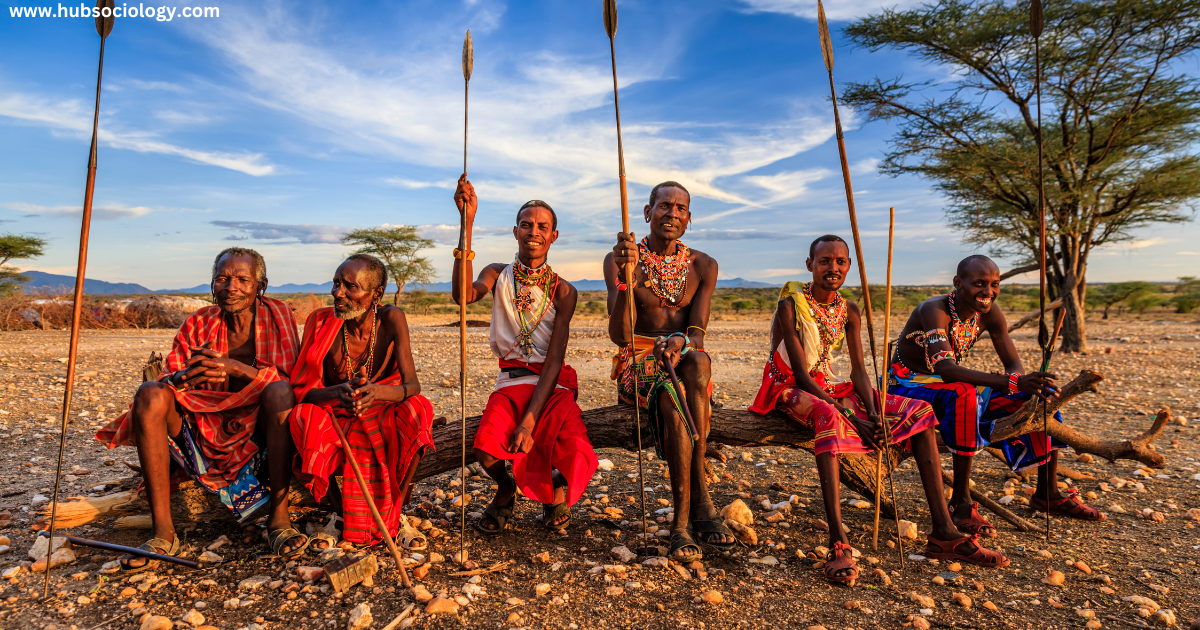Government Scholarships in India: Are They Inclusive?
Introduction on Government Scholarships in India Education is a fundamental right and a powerful tool for social mobility. In India, where socio-economic disparities are stark, government scholarships play a crucial role in enabling marginalized communities to access education. However, despite numerous schemes, questions remain about their inclusivity—do they truly reach the most disadvantaged, or do … Read more




